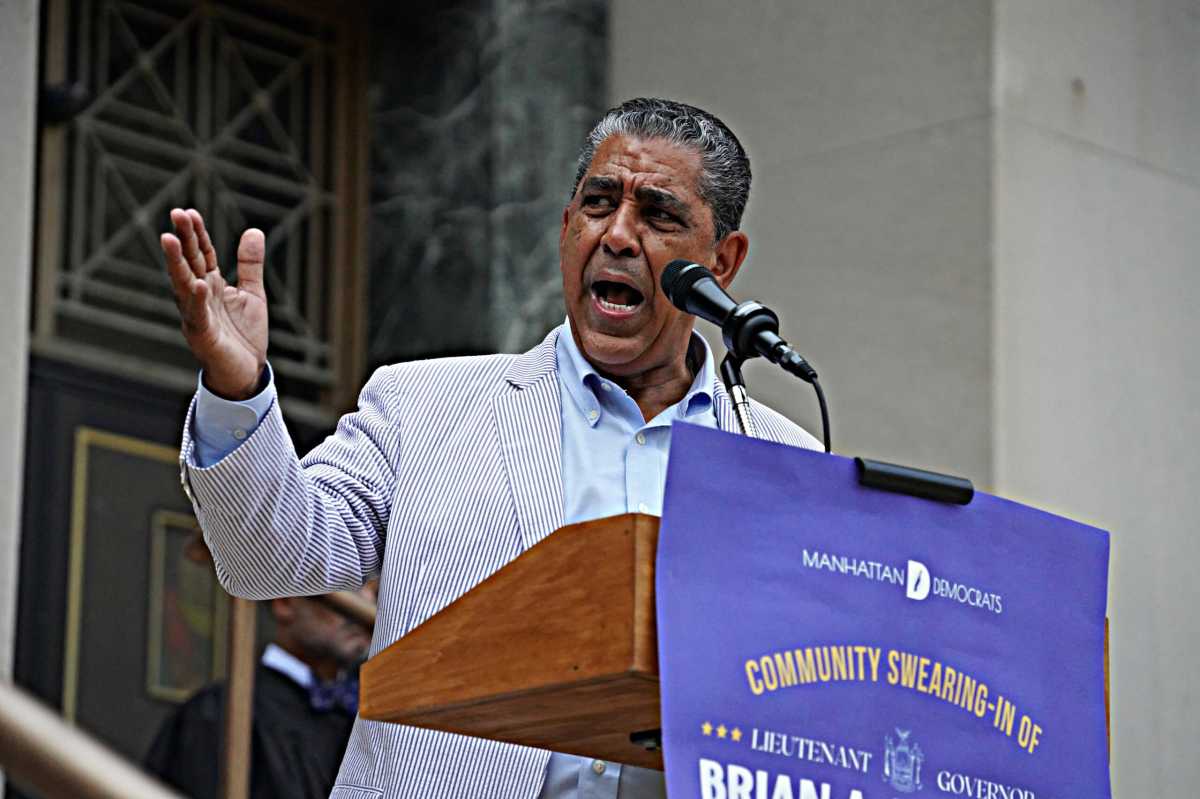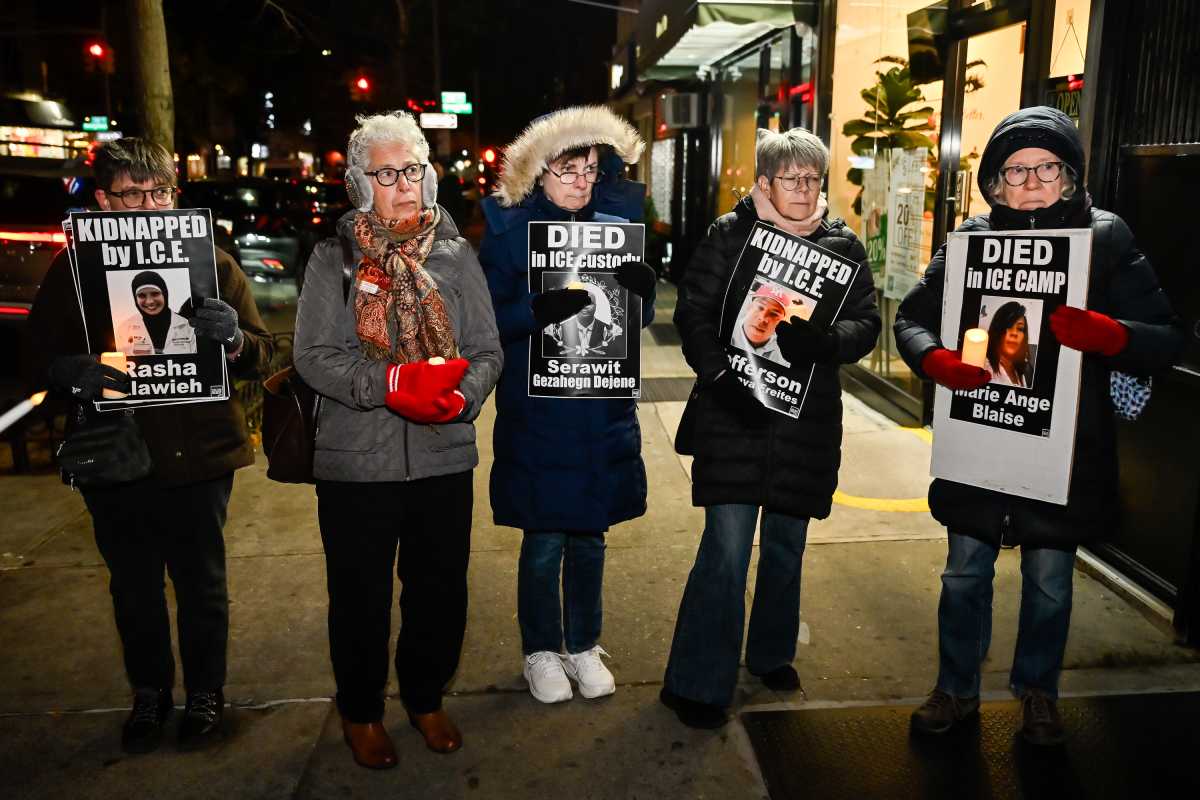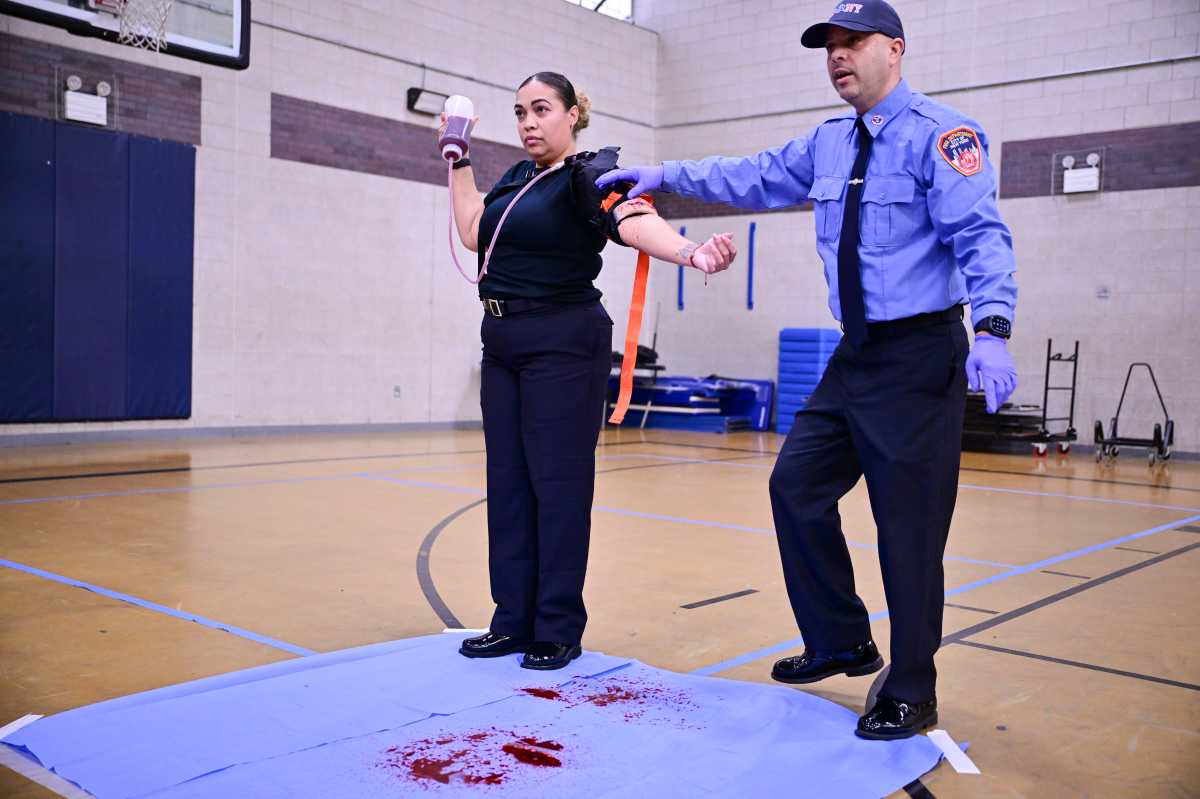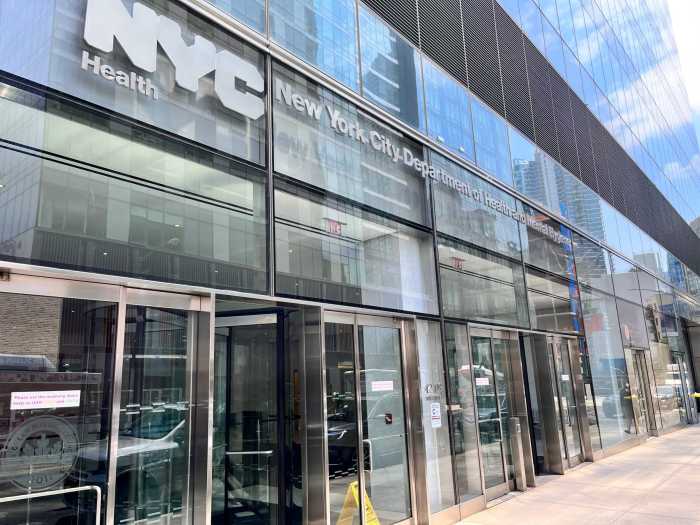Kellie Griffith Tanaka knew from a young age she wanted to be a teacher. The Long Island native is now in her eighth year of teaching bilingual education for kindergartners at P.S. 212 in Jackson Heights, Queens. And while Griffith Tanaka gets to teach in both Spanish and English for “the best class of humans,” it comes at an enormous cost: She owes $35,000 in student loans for her undergraduate and graduate education.
“I think it’s criminal that we allow students that are 17- and 18-years-old to take out loans for tens and thousands of dollars,” Griffith Tanaka said. “I didn’t understand what it meant to take on a loan so huge.”
There could be some relief in the future for teachers like Griffith Tanaka, however. On Jan. 26, Representatives Adriano Espaillat (D-NY) and Raúl M. Grijalva (D-AZ) reintroduced the SPELL Act, which would allow elementary and secondary school teachers who teach English learners, bilingual students, or dual-language immersion students to receive up to $17,500 of student loan forgiveness and loan cancellation. The bill also aims to address the shortage of multilingual teachers across the nation.
Under current law, if a highly-qualified math, science, or special education teacher is employed for five years in a high-need elementary or secondary school, they are eligible for up to $5,000 in student loan forgiveness. If the SPELL Act is passed, these teachers, including teachers of English learners and bilingual teachers, would be eligible for an increased benefit of $17,500 in loan forgiveness.
When Griffith Tanaka, who also is an adjunct lecturer at the City College of New York, started teaching, she was making $50,000 a year. That’s when the reality and stress of paying her loans all hit. While she said was fortunate to receive an academic scholarship for undergraduate education at Wagner College on Staten Island, the private, liberal arts school came with an enormous price tag. Her loans compounded when she continued on to the CCNY for her master’s degree.
“That stress was felt a lot more heavily when payments started,” Griffith Tanaka said. “Right now, I’m just in this headspace that it’s all going to be forgiven and that everything is going to work out.”
She was able to get $5,000 in loans forgiven through a federal program, and was able to bring her total of $45,000 in loans down to what it is today. But there were seemingly endless exams to pass, even more so because she was planning to teach bilingual education.
“Specifically, to get bilingual certification, you need to pass a bilingual language assessment,” Griffith Tanaka said. “Maybe bilingual teachers need to get more money.”
While only highly-qualified teachers are eligible for this loan forgiveness program, Laura Baecher, a Hunter College professor who provides instruction for teachers like Griffith Tanaka, said there’s several points to consider.
Baecher would like to see more highly-qualified teachers in classrooms, especially for students from under-resourced communities. Both Baecher and Griffith Tanaka have seen high turnovers in schools of greater need, and hope to see more teachers stay for longer than five years — the number of years currently considered to be highly qualified — in their teaching environments.
“Highly qualified means you’re certified,” Baecher said. “People can take courses that are at bad colleges, no offense, and they get a quick and dirty degree. They’re considered highly qualified, but they’re really not.”
“I understand there has to be some kind of parameter in place,” Griffith Tanaka said. “There are quick turn-around rates in schools of greater need and teachers that stick around for five years gain a lot of experience. But I’m happy as long as there is loan forgiveness for all teachers.”
Most states, 32 to be exact, are experiencing a shortage of teachers for English-learning students, according to the U.S. Department of Education. New York is no exception, and there is a persistent shortage of teachers for bilingual education and English as a second language, among others.
Baecher has taught at Hunter for almost 20 years and has seen some of the lowest enrollment across the city’s schools of education. She said it’s becoming harder to attract people to the profession.
“When you serve English learners, you tend to work in the poorest schools in the country,” Baecher said. “English language teachers and bilingual teachers are working in our most under-resourced communities. They tend to make the lowest salaries too.”
But there is a great need for these types of teachers: Five million students, or 10% of all public-school students nationwide, are English language learners. English-learning students are the fastest growing group of students, according to the National Education Association. By 2025, the population of English-learning students is estimated to grow to 25% of public school students.
“By adding this incentive and assisting EL teachers in repaying their student loans, we can address the teacher shortage and ensure our nation’s ELs have the opportunity to succeed,” Espaillat said. “While teacher shortages are not unique, the needs of ELs are.”
“The great thing of adding ESL is that it recognizes our expertise, our area of teaching as equal to any other specialized area,” Baecher said.
Baecher herself graduated Columbia University with more than $100,000 in loans. She makes less teaching at Hunter College than she did teaching in public schools. Baecher said the SPELL Act brings her hope, and that she is happy to see financial assistance coming for teachers. She’s in a much better place, financially, than when she graduated.
“Thanks to being married, my husband and I were able to pay off my loans,” Baecher said. “But believe me, I wouldn’t want someone to have to go through that. I want things to be better for others.”




































